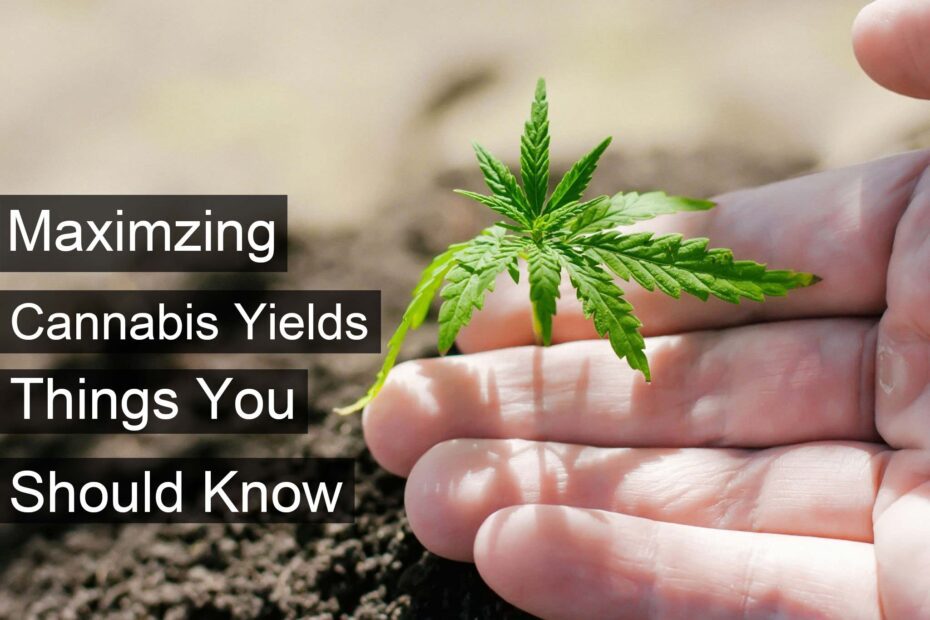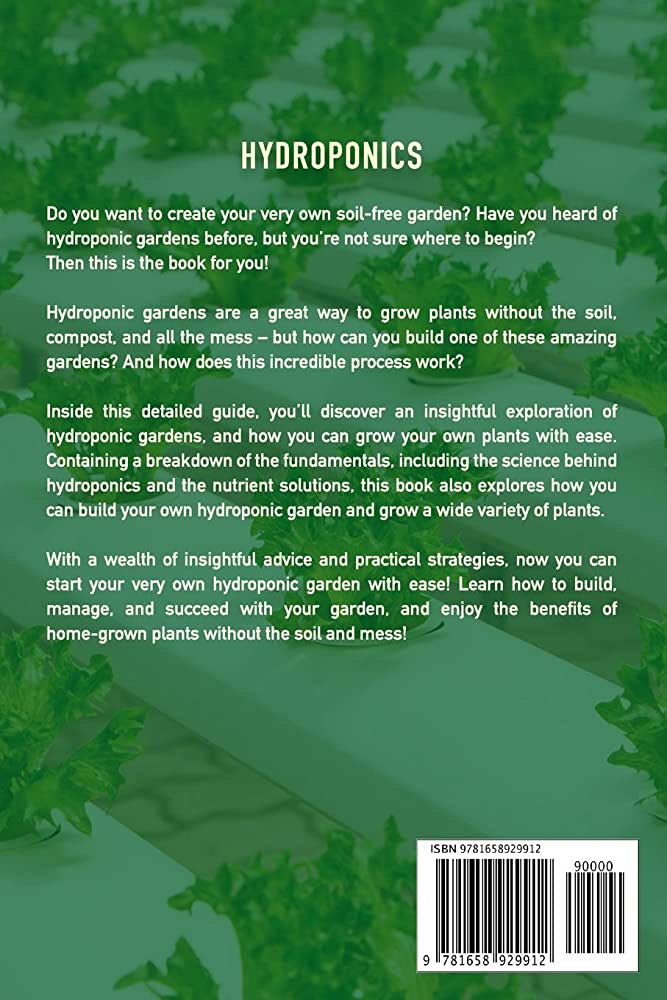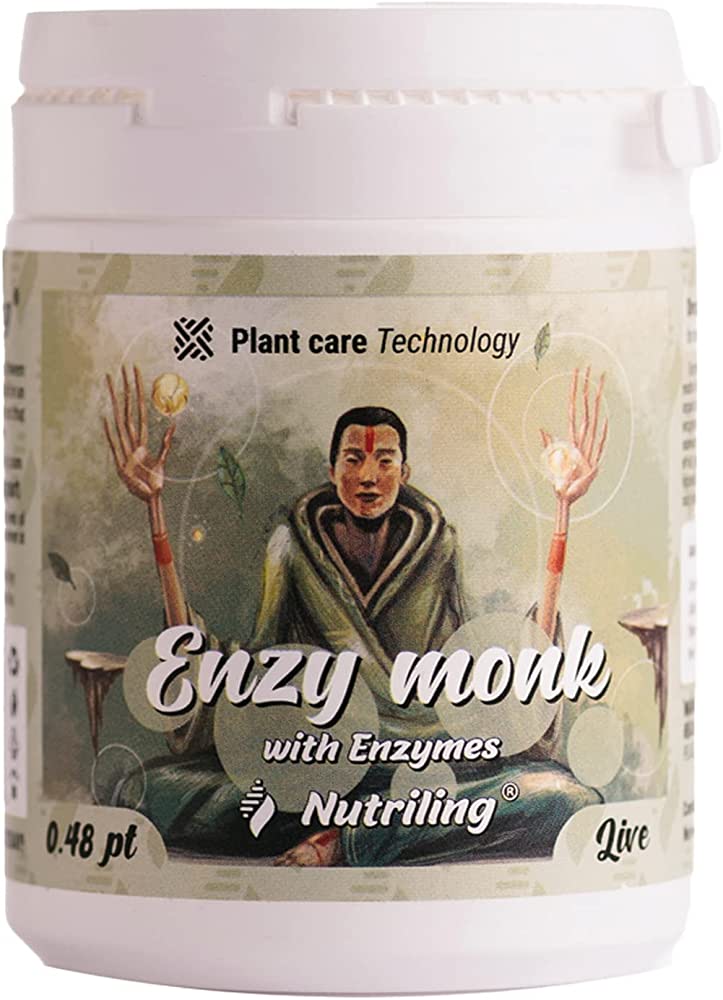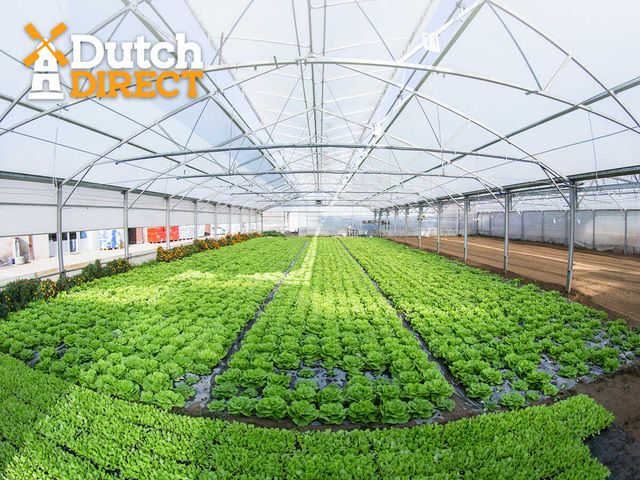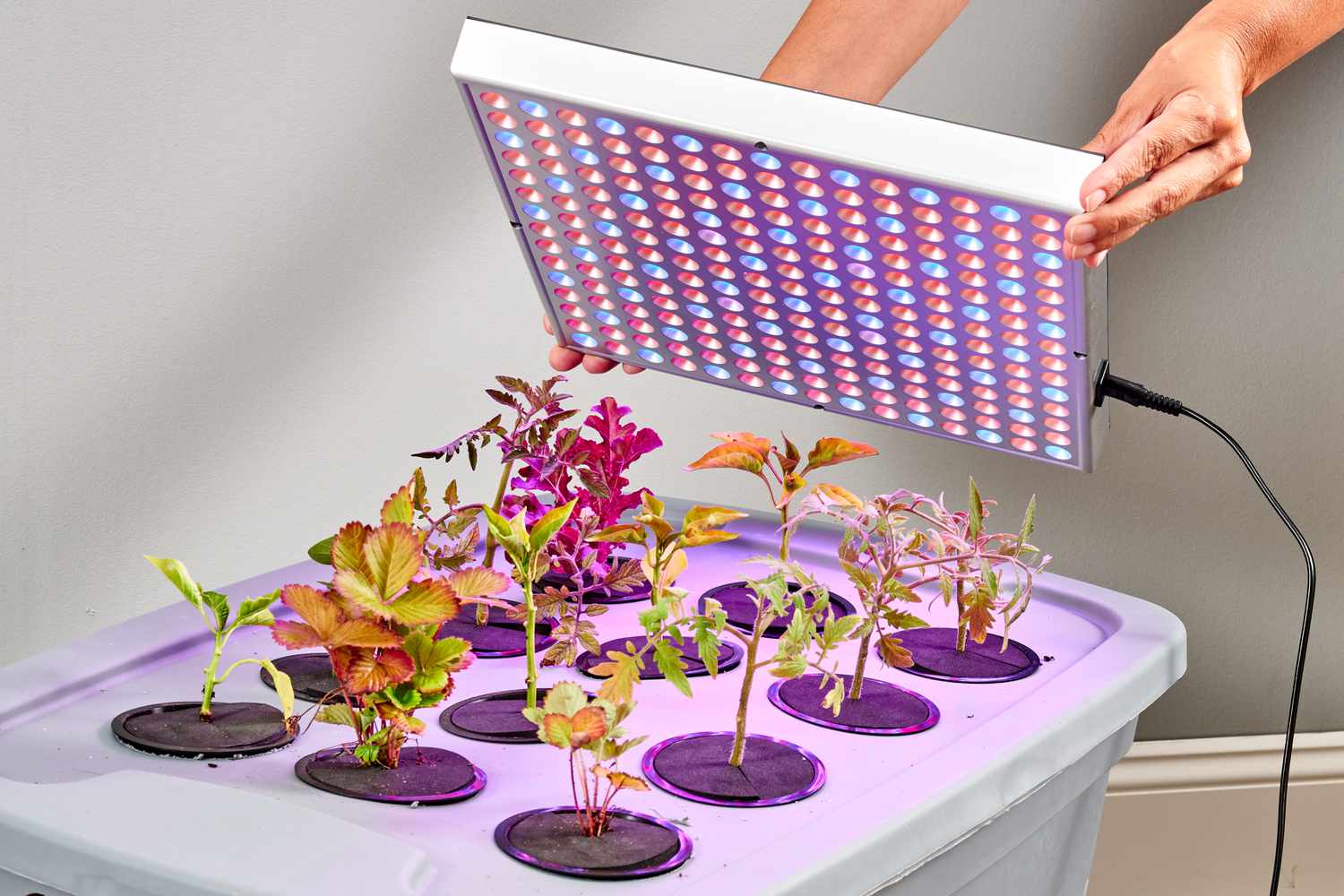Hydroponic cannabis cultivation involves growing cannabis plants without soil. This method allows for more efficient use of resources and increased crop yields.
With the right equipment and knowledge, hydroponic cannabis cultivation can produce high-quality plants in a shorter time period than traditional methods. Hydroponics refers to the practice of growing plants in a nutrient-rich water solution instead of soil. Many cannabis cultivators have turned to hydroponics as a way to efficiently grow high-quality plants in smaller spaces.
This method of cultivation requires careful monitoring of water, minerals, and ph levels to ensure the plants receive the right balance of nutrients. Hydroponic systems also allow for more control over plant growth, such as adjusting light cycles and temperature. If done correctly, hydroponic cannabis cultivation can result in higher yields and faster plant growth. However, it requires a significant investment in equipment and regular maintenance to keep the system running smoothly.
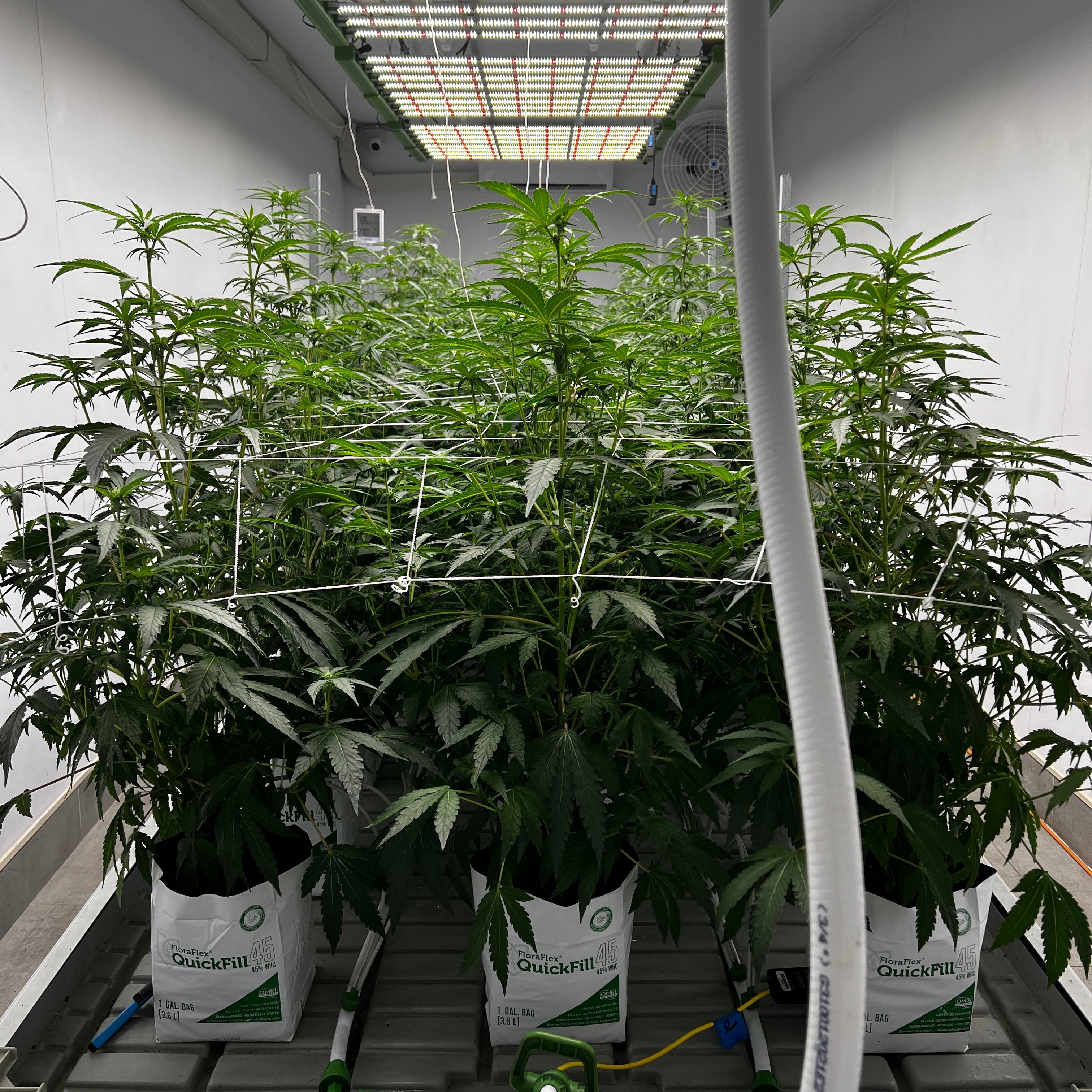
Credit: floraflex.com
The Benefits Of Hydroponic Cultivation
Hydroponic cultivation has become more popular in recent years, especially when growing cannabis. There are many benefits to hydroponic cultivation, making it a preferred method for many growers. In this section, we will explore the advantages of hydroponic cultivation, focusing on three key areas: higher yields and faster growth, greater control over nutrients and water, and lower water and fertilizer usage.
These benefits make hydroponic cultivation a superior choice for many cannabis growers.
Higher Yields And Faster Growth
Hydroponic cultivation provides the perfect environment for cannabis plants to grow at an alarmingly fast pace. This leads to an increase in yield and a shorter growth period. Here are some reasons why:
- Hydroponic systems provide a constant supply of nutrients and water, resulting in plants growing faster.
- Plants grown in hydroponic systems do not have to compete for nutrients, leading to healthier plants with a more robust root system.
- Hydroponic cultivation allows for adjustments in ph levels, ensuring that plants receive optimal nutrients for faster growth and higher yields.
Greater Control Over Nutrients And Water
Hydroponic cultivation helps growers keep a closer eye on plant nutrition, ensuring the plants get precisely what they need. Here are some key benefits:
- Growers can control the exact amount of nutrients given to the plants, resulting in more consistent flavor, aroma, and potency.
- Hydroponic systems allow growers to adjust the water’s ph levels, preventing nutrient lockout and ensuring the plant gets what it needs to grow.
- The precise control of water and nutrients results in uniform growth, creating crops with consistent quality, potency, and yield.
Lower Water And Fertilizer Usage
Hydroponic systems use less water than traditional soil-based cultivation. With the global water crisis, this is an essential advantage. Here are some other benefits:
- Plants grown in hydroponic systems require less fertilizer, reducing costs, and environmental waste.
- In hydroponic cultivation, water usage is reduced by 90%, making it a sustainable option for growing cannabis.
- Hydroponic systems only use the exact amount of water required by plants. This is unlike soil-based cultivation, where excess water isn’t used by plants and leads to soil pollution.
Hydroponic cultivation is an excellent choice for growing cannabis. It offers several advantages, including higher yields and faster growth, greater control over nutrients and water, and lower water and fertilizer usage. With the correct setup, hydroponic cultivation can save growers time, money, and resources.
Selecting The Right Hydroponic System
Hydroponic Cannabis Cultivation: Selecting The Right Hydroponic System
Hydroponic cannabis cultivation has rapidly gained popularity in recent years, thanks to its ability to yield high-quality crops in a shorter time. One of the key factors to consider when it comes to hydroponic cannabis cultivation is choosing the right hydroponic system.
There are different types of hydroponic systems, and each has its advantages and disadvantages. In this post, we will explore the various types of hydroponic systems available and what makes them different from each other.
Deep Water Culture
Deep water culture, popularly known as dwc, is one of the most common types of hydroponic systems used in cannabis cultivation. Here are some of the key points to understand about dwc:
- In dwc, cannabis plants are suspended in nutrient-rich water.
- The roots of the plants are submerged in the solution, allowing them to absorb the nutrients.
- Dwc is ideal for growing cannabis plants of various sizes.
- Dwc is an inexpensive and straightforward system to set up and maintain.
- Dwc has a low risk of pests and diseases, making it a great option for beginners.
- However, dwc requires constant monitoring of water level and ph to prevent the plants from drying out or developing root rot.
Drip Irrigation
Drip irrigation is popular with hydroponic growers because of its precision in delivering nutrients to the plants. Here are some of the key points to understand about drip irrigation:
- In drip irrigation, water and nutrients are delivered via a tube with a small aperture directly to the roots of the plant.
- The nutrient solution is distributed evenly and consistently over an extended period, ensuring accurate nutrient delivery.
- Drip irrigation is ideal for small to medium cannabis gardens.
- Drip irrigation allows for complete control of nutrient delivery, which is critical in ensuring plant health and maximum yields.
- However, drip irrigation can be an expensive setup.
Ebb And Flow
Ebb and flow is a hydroponic system that utilizes a tray-like container to hold the cannabis plant. Here are some key points about ebb and flow:
- In ebb and flow, cannabis plants in a tray are intermittently flooded with a nutrient solution and then drained.
- When the tray is flooded, the plants absorb the nutrient solution, and in the drain cycle, they get air and water.
- Ebb and flow is ideal for medium to large cannabis gardens.
- Ebb and flow can be an inexpensive and low-maintenance system to set up.
- However, ebb and flow can be challenging for beginners as it requires careful monitoring of nutrient solution concentrations and timing.
Nutrient Film Technique
Nutrient film technique, or nft, is a system that uses a thin film of water to deliver nutrients to the cannabis plant. Here are some key points about nft:
- In nft, a thin layer of nutrient-rich water is continuously pumped through a sloped growing tray.
- The cannabis plants are exposed to a constant flow of nutrient solution.
- Nft is ideal for small to medium cannabis gardens.
- Nft systems are efficient, using less water and nutrients than other hydroponic systems.
- However, nft requires careful monitoring of ph and nutrient concentration to avoid plant stress.
Wick System
The wick system is one of the simplest hydroponic systems used for cannabis cultivation. Here are some key points about the wick system:
- In wick systems, the nutrient solution is drawn into the growing medium through a wick that extends from the solution to the plant’s roots.
- The cannabis plant absorbs the nutrient solution through the wick.
- The wick system is ideal for small cannabis gardens.
- The wick system is an affordable and low-maintenance system.
- However, the wick system requires careful monitoring of nutrient concentrations and ph levels.
Selecting the right hydroponic system has a significant impact on cannabis cultivation. Consider the size of your garden, the nutrient requirements of your cannabis plants, and your budget when selecting a hydroponic system. With the right system in place, you can grow high-quality cannabis with ease.
Essential Equipment For Hydroponic Cannabis Cultivation
Hydroponic cannabis cultivation is a great way to grow cannabis indoors. This method is known for its ease of use and effectiveness in yielding high-quality plants. When setting up your hydroponic cannabis growth, you will need to have the correct equipment in order to ensure optimal growth.
We will discuss the essential equipment you will need for hydroponic cannabis cultivation.
Lighting
Lighting is one of the essential components of hydroponic cannabis cultivation. There are different types of lighting to choose from, such as led, high-pressure sodium (hps), and metal halide (mh) lights. Here are some essential considerations for lighting:
- The light spectrum should be suitable for the growth stage of your cannabis plant.
- The lighting should be kept at the right distance from the plants.
- The recommended lighting duration is between 18 to 24 hours per day, with a break of 6 hours for the plants to rest.
Ventilation And Airflow
Proper ventilation and airflow are essential factors in growing hydroponic cannabis. Without it, your plants could be at risk of fungal infections, mold, stagnant air, and decreased yield. Here are some essential considerations on ventilation and airflow:
- You should have an exhaust fan, an intake fan, and carbon filters in your grow room.
- Maintain the recommended temperature by using an air conditioner or heater, depending on the climate.
- Keep a fan circulating the air to avoid hot spots and promote airflow.
Growing Medium
A growing medium is a substance that supports the growth of plant roots. Since hydroponic cannabis grows in water, your growing medium must be designed for hydroponics. Common growing media include rockwool, coco coir, and perlite. Here are some essential considerations on growing medium:
- The growing medium should hold water and nutrients.
- The growing medium should be free from contaminants and pathogens.
- It should be easy to use and manageable.
Nutrients And Supplements
Hydroponic cannabis cultivation requires specific nutrients to attain its full potential. These nutrients are usually available in liquid form. Nutrients and supplements ensure that your cannabis plants grow to their full potential while maintaining their health. Here are some essential considerations on nutrients and supplements:
- Use nutrient solutions that suit the growth stage of your cannabis plant.
- Follow the recommended dosage instructions.
- Add the necessary supplements, such as vitamins, hormones, and enzymes, for optimal plant growth.
Hydroponic cannabis cultivation is an efficient method to grow high-quality cannabis. However, it would be best if you had the right equipment to optimize your yield. Consider the essential equipment mentioned above and set up your hydroponic cannabis growth. With the right equipment, nutrients, and care, you’ll be growing healthy, lush cannabis plants in no time!
Nutrient Management For Maximum Yields
Hydroponic cannabis cultivation has become increasingly popular due to its ability to maximize yields while minimizing resources. The process involves growing cannabis plants in a controlled environment without soil, providing all necessary nutrients through a nutrient solution. Nutrient management is crucial in ensuring the success of this process.
In this blog post, we will discuss the key points for nutrient management in hydroponic cannabis cultivation, with a specific focus on nutrient requirements, timing, ph levels, and nutrient deficiencies.
Nutrient Requirements Of Cannabis Plants
Cannabis plants have specific nutrient requirements that must be met to ensure sufficient growth and development. The primary nutrients needed are nitrogen, phosphorus, and potassium (npk). In addition to these, cannabis plants also require secondary and micronutrients such as calcium, magnesium, and iron.
Proper nutrient ratios must be maintained, with a particular focus on nitrogen levels, which should decrease as plants mature.
Key points:
- Cannabis plants require a balance of primary, secondary, and micronutrients to grow successfully.
- Nutrient ratios, particularly nitrogen levels, should be adjusted as plants mature.
Timing And Amount Of Nutrient Delivery
Timing and amount of nutrient delivery are crucial in hydroponic cannabis cultivation. Unlike soil-based cultivation, nutrients must be continuously provided to cannabis plants through a nutrient solution. The timing of nutrient delivery must be adjusted based on the growth stage of the plants, with a focus on the vegetative stage, flowering stage, and ripening stage.
The amount of nutrients delivered should also be adjusted based on plant size and development.
Key points:
- Nutrient delivery must be timed based on the growth stages of the plants.
- The amount of nutrients delivered should be adjusted based on plant size and development.
Maintaining Proper Ph Levels
Cannabis plants require a specific ph range to absorb necessary nutrients effectively. In hydroponic cannabis cultivation, ph levels in the nutrient solution must be carefully monitored and maintained between 5. 5-6. 5. Maintaining proper ph levels is crucial in avoiding nutrient deficiencies or toxicities, which can significantly impact yields.
Key points:
- Cannabis plants require a specific ph range to absorb necessary nutrients effectively.
- Maintaining proper ph levels is crucial to avoid nutrient deficiencies or toxicities.
Preventing And Treating Nutrient Deficiencies
Preventing nutrient deficiencies is crucial in maximizing yields in hydroponic cannabis cultivation. Nutrient deficiencies can occur due to over or under delivery of nutrients, inadequate ph levels, or environmental factors such as heat or cold stress. Common nutrient deficiencies in cannabis plants include nitrogen, phosphorus, and potassium deficiencies.
If nutrient deficiencies are detected, they should be treated immediately using appropriate nutrient solutions.
Key points:
- Nutrient deficiencies can impact yields in hydroponic cannabis cultivation.
- Common nutrient deficiencies should be detected and treated immediately using appropriate nutrient solutions.
Nutrient management is essential in maximizing yields and ensuring the success of hydroponic cannabis cultivation. Understanding nutrient requirements, timing, ph levels, and nutrient deficiencies is crucial to achieving optimal results. By following these key points, you can effectively manage nutrients in hydroponic cannabis cultivation and produce high-quality yields.
Techniques For Maximizing Yields
Hydroponic cannabis cultivation is a popular choice among growers because it offers several advantages over traditional soil-based methods. With this technique, cannabis grows in a nutrient-rich solution rather than soil, allowing for greater control over plant growth and yields. However, to maximize yields and achieve optimal results, growers must employ various techniques.
Here are some of the key techniques for maximizing yields in hydroponic cannabis cultivation:
Training And Pruning Plants
Training and pruning the plants are crucial aspects of maximizing yields in hydroponic cannabis cultivation. In this technique, the plants are trained to grow in a way that maximizes the amount of light they receive and maximizes the number of bud sites on the plant.
Pruning involves removing unnecessary leaves and stems from the plant to allow for better light penetration and to redirect the plant’s resources to the bud sites.
Key points:
- Training and pruning help maximize the amount of light each bud site receives
- Removing unnecessary leaves and stems redirects the plant’s resources to the buds
Carbon Dioxide Supplementation
Carbon dioxide (co2) supplementation is another essential technique for maximizing yields in hydroponic cannabis cultivation. Co2 is essential for plant growth, and supplementing the air in the grow room with extra co2 can increase plant growth rates and yields. Typically, co2 supplementation involves creating closed grow environments and adding co2 through tanks or generators.
Key points:
- Co2 supplementation can increase plant growth and yields
- A closed grow environment is required for optimal co2 supplementation
Light Spectrum Management
Proper light spectrum management is crucial for maximizing yields in hydroponic cannabis cultivation. The spectrum of light emitted by grow lights plays a significant role in plant growth, and certain wavelengths of light are more beneficial than others. By controlling the light spectrum, growers can optimize plant growth and maximize yields.
Key points:
- The spectrum of light emitted by grow lights affects plant growth
- By controlling the light spectrum, growers can optimize plant growth and yields
Temperature And Humidity Control
Finally, temperature and humidity control are critical factors that affect plant growth rates and yields in hydroponic cannabis cultivation. Maintaining proper temperature and humidity levels can prevent plant stress and ensure consistent yields. Using environmental control equipment like heaters, air conditioners, and dehumidifiers can help maintain optimal growing conditions.
Key points:
- Proper temperature and humidity levels are essential for consistent yields
- Environmental control equipment can help maintain optimal growing conditions
Hydroponic cannabis cultivation techniques like training and pruning, co2 supplementation, light spectrum management, and temperature and humidity control are crucial for maximizing yields. By employing these techniques, cultivators can produce higher yields of high-quality cannabis.
Frequently Asked Questions Of Hydroponic Cannabis Cultivation
What Is Hydroponic Cannabis Cultivation?
Hydroponic cannabis cultivation is a method of growing cannabis plants in nutrient-rich water solutions instead of soil.
What Are The Benefits Of Hydroponic Cannabis Cultivation?
Hydroponic cannabis cultivation offers faster growth rates, increased yields, and more control over nutrient uptake levels compared to traditional soil growing.
What Equipment Is Needed For Hydroponic Cannabis Cultivation?
Equipment needed for hydroponic cannabis cultivation includes hydroponic systems, grow lights, ventilation, water pumps, and a ph meter.
What Nutrient Solution Is Best For Hydroponic Cannabis Cultivation?
Nutrient solutions that are specifically formulated for cannabis cultivation work best, with a balanced ph level and the appropriate level of nitrogen, phosphorus, and potassium.
Is Hydroponic Cannabis Cultivation More Expensive Than Traditional Methods?
The initial setup cost of hydroponic cannabis cultivation may be higher, but the potential increase in yields and faster growth rates can make it a worthwhile investment in the long run.
What Are The Potential Drawbacks Of Hydroponic Cannabis Cultivation?
Potential drawbacks of hydroponic cannabis cultivation include the initial setup cost, the need for a controlled environment, and the risk of nutrient imbalances if not carefully monitored.
Conclusion
Hydroponic cannabis cultivation can change the way we perceive and grow cannabis. The method requires less water, space, and fertilizer than traditional soil-based cultivation. It also allows for more control over the growing environment, leading to higher yields and more flavorful buds.
As legal cannabis markets continue to expand, hydroponic cultivation offers an efficient and environmentally-friendly alternative to traditional growing methods. From small homegrown operations to large-scale industrial facilities, hydroponic cannabis cultivation is proving to be a valuable option for growers worldwide.
Whether it’s for personal use or commercial purposes, the benefits of hydroponic cannabis cultivation can’t be ignored. By implementing this method, growers can improve yield, flavor, and potency while also saving resources and helping the environment. As the cannabis industry evolves, it’s exciting to see how hydroponic cultivation will continue to shape its future.
